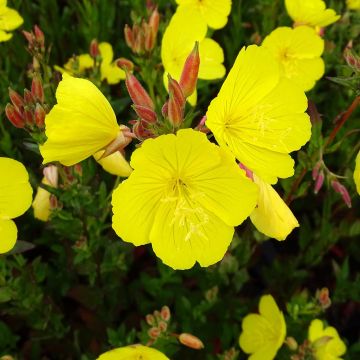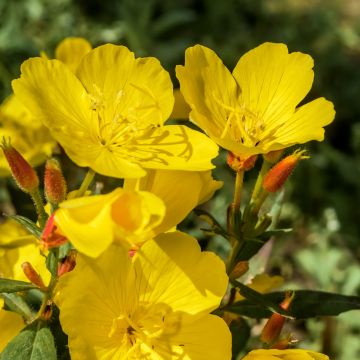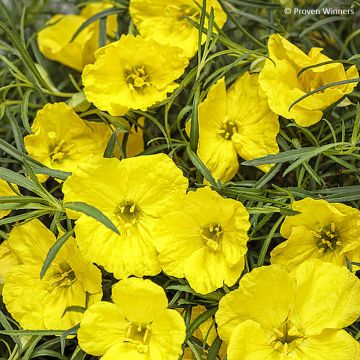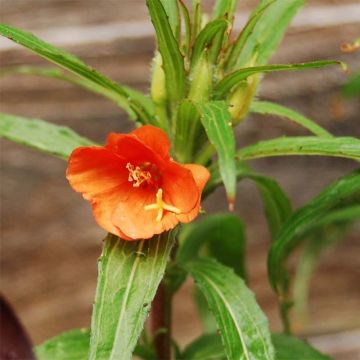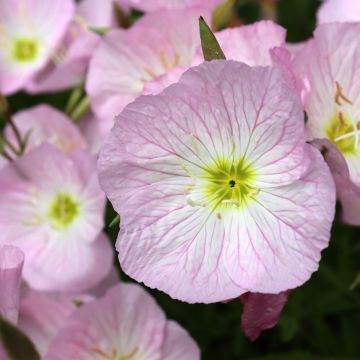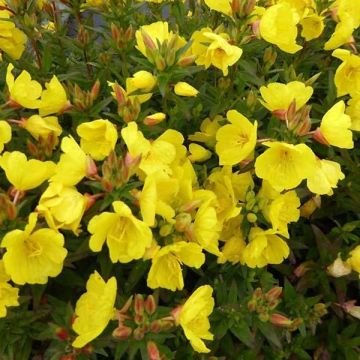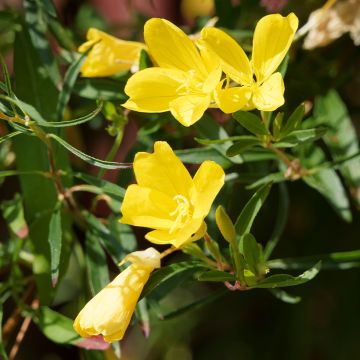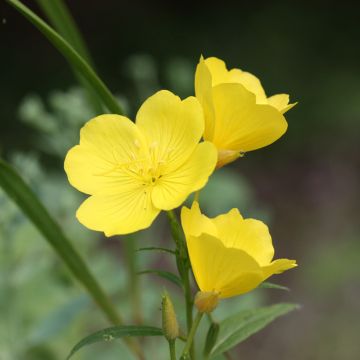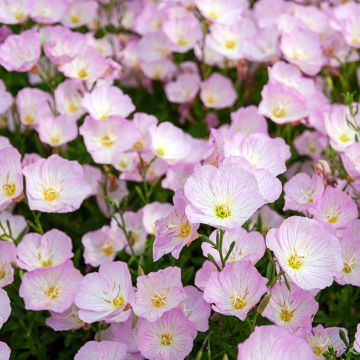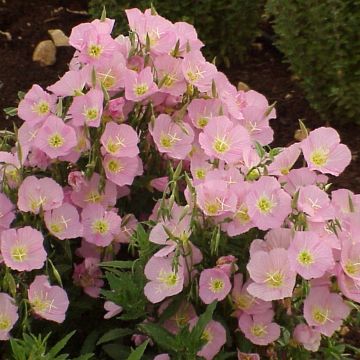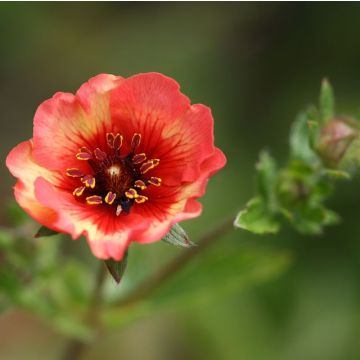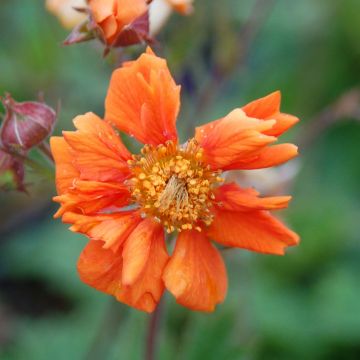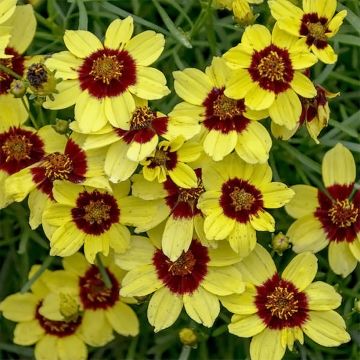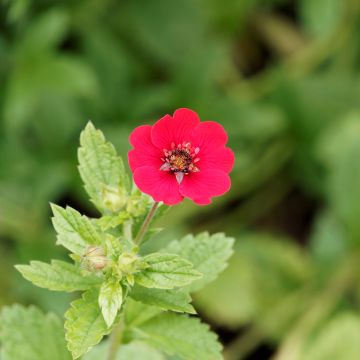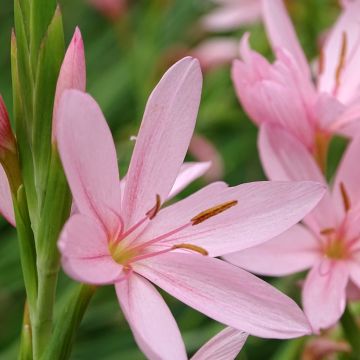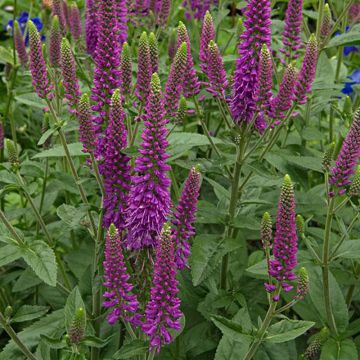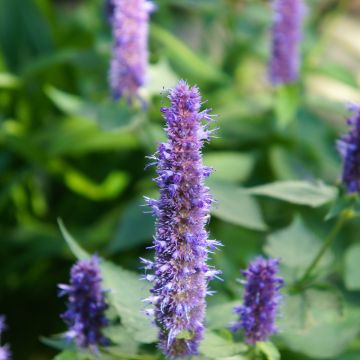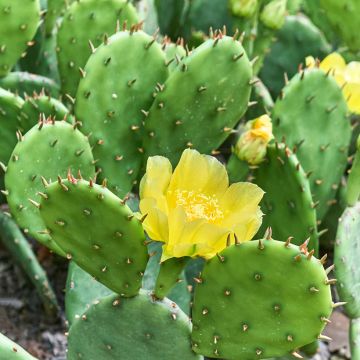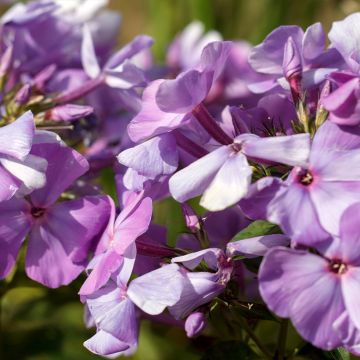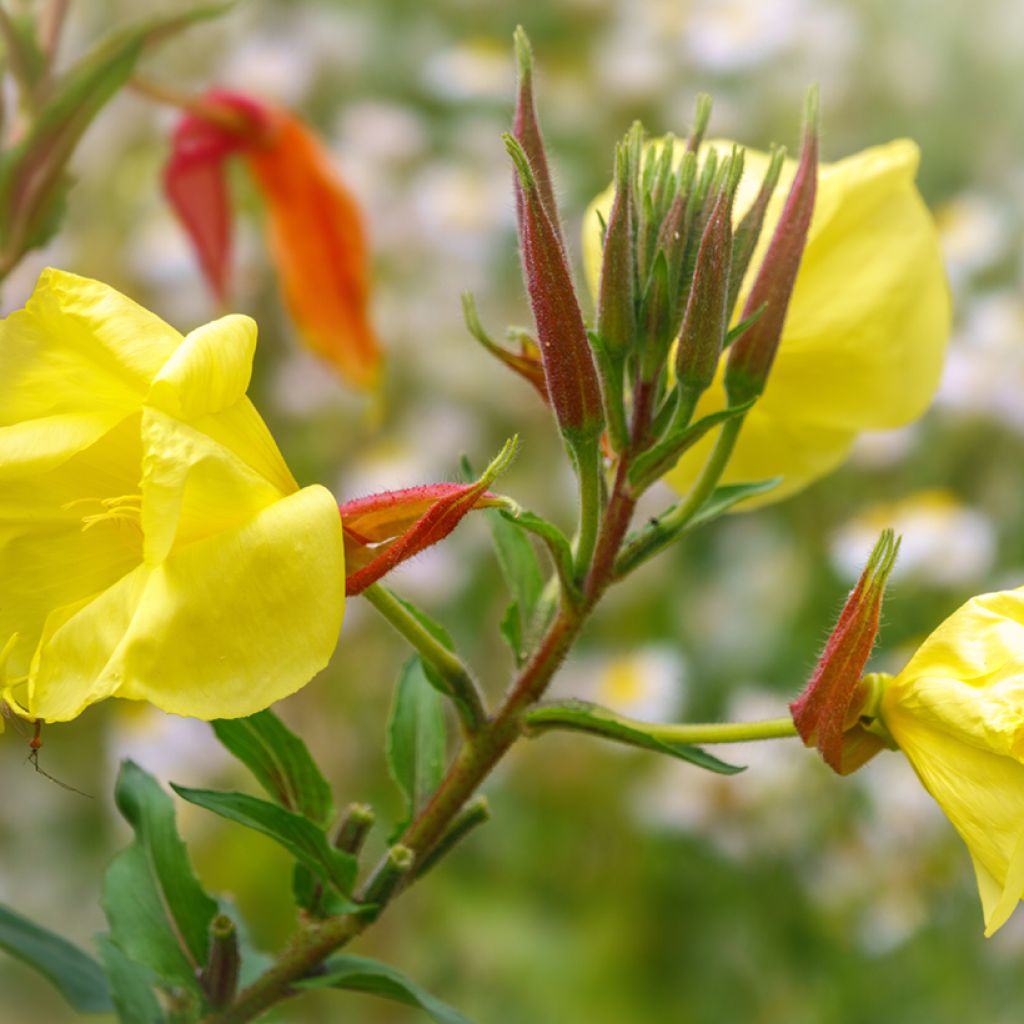

Oenothera glazioviana - Evening Primrose
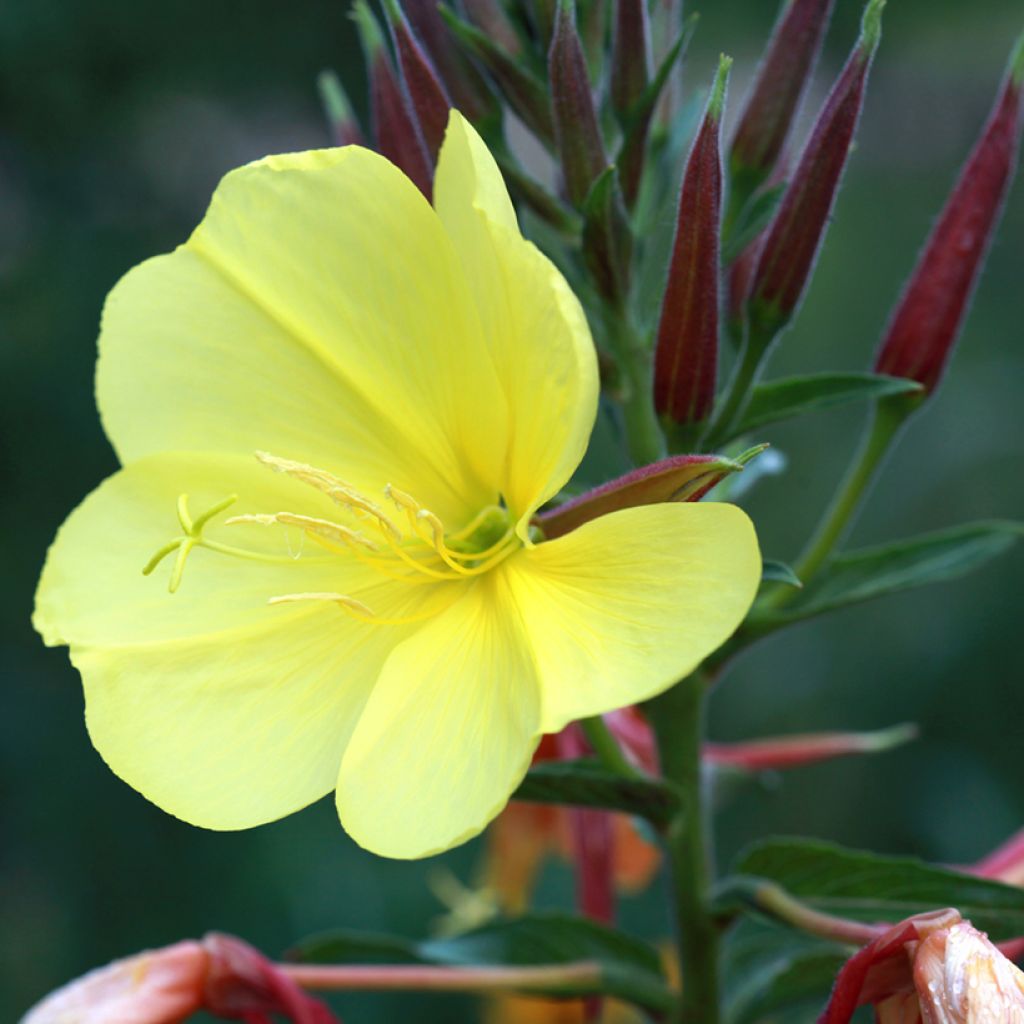

Oenothera glazioviana - Evening Primrose
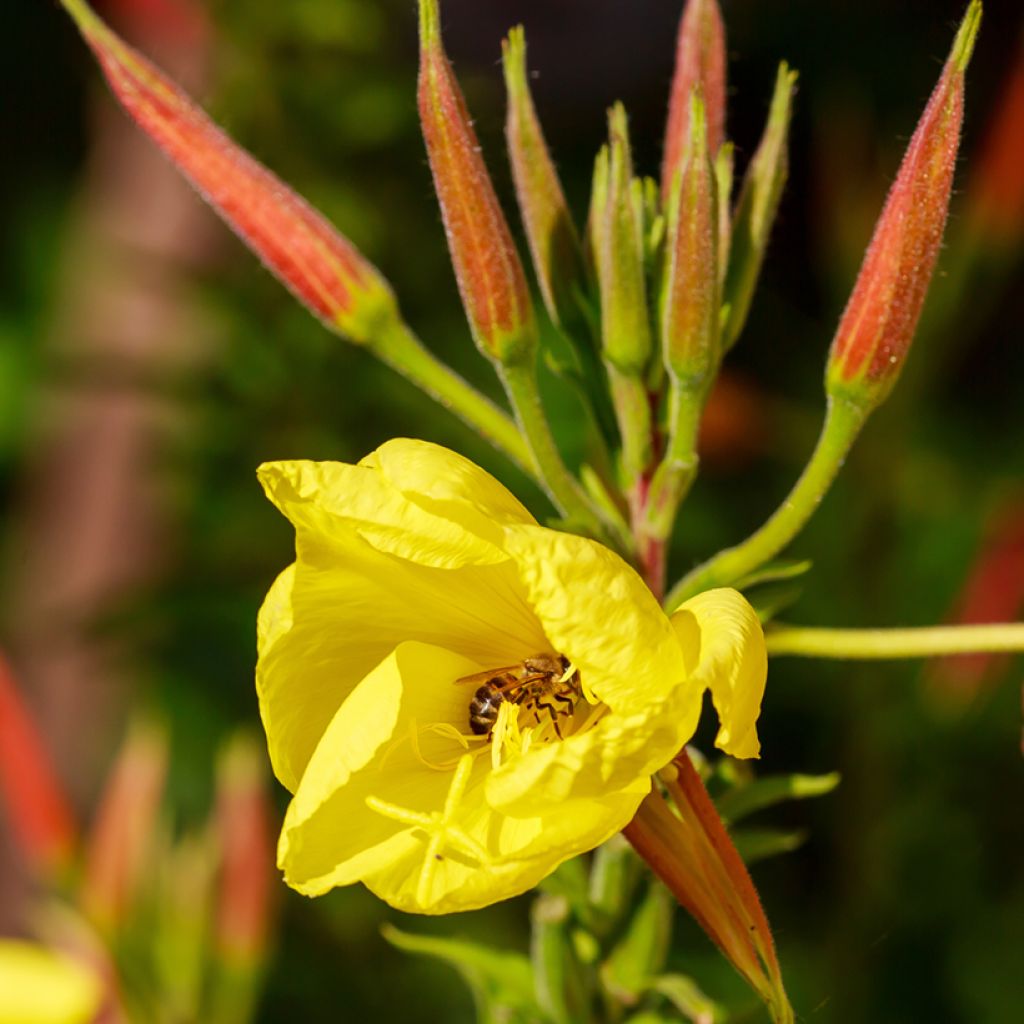

Oenothera glazioviana - Evening Primrose
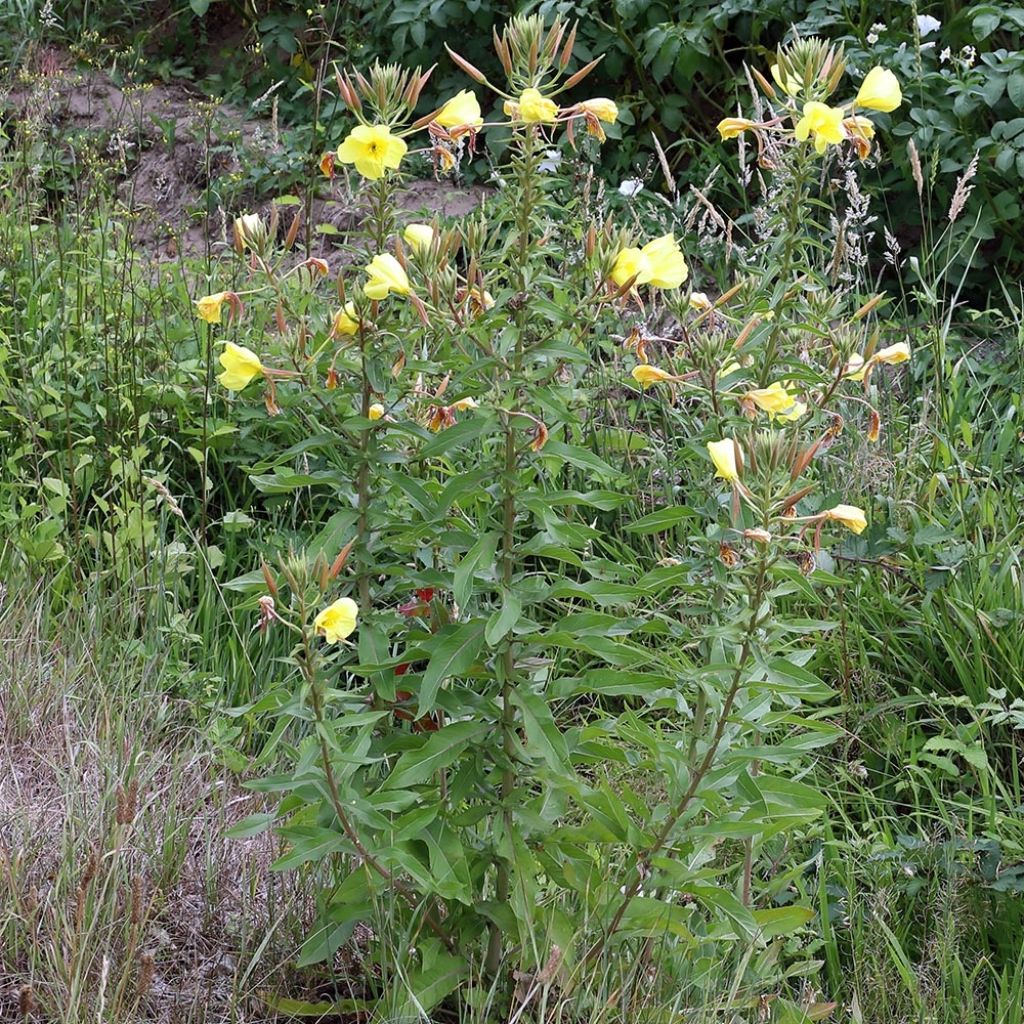

Oenothera glazioviana - Evening Primrose
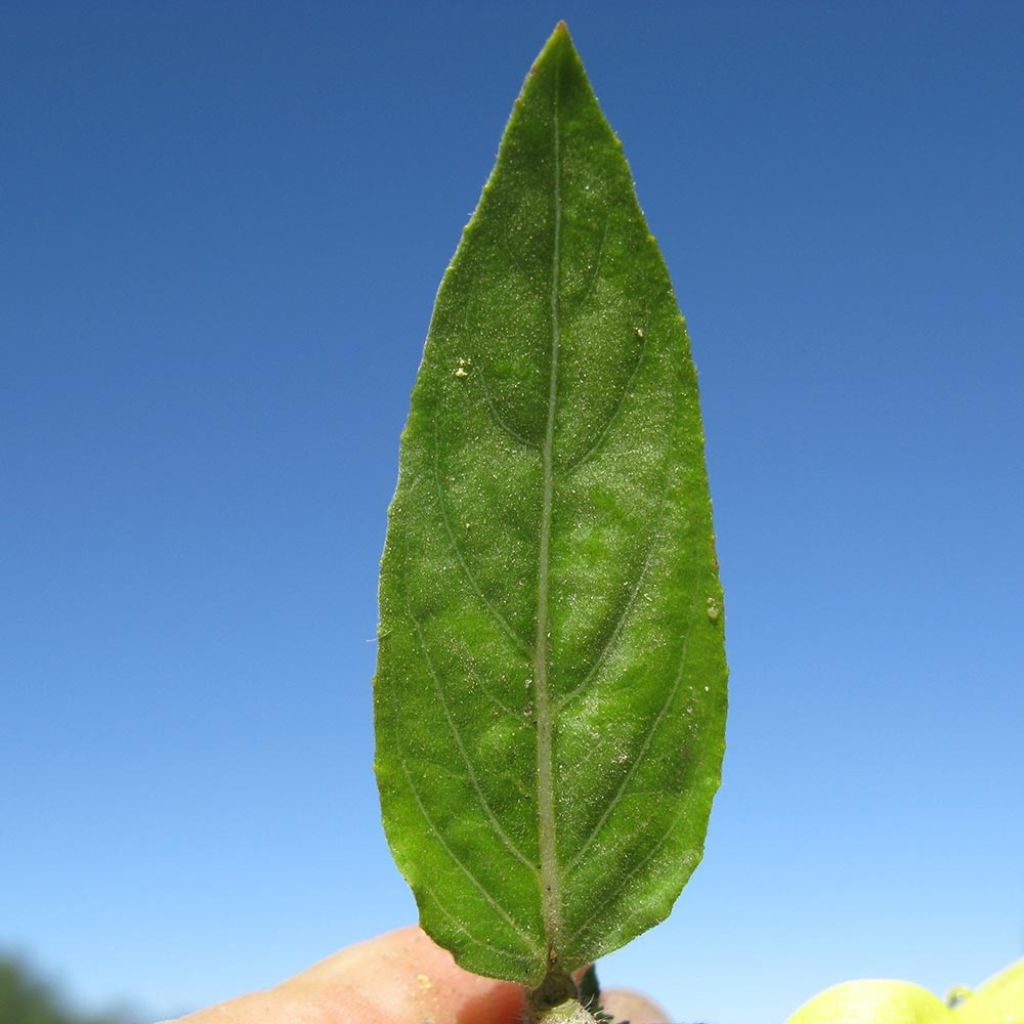

Oenothera glazioviana - Evening Primrose
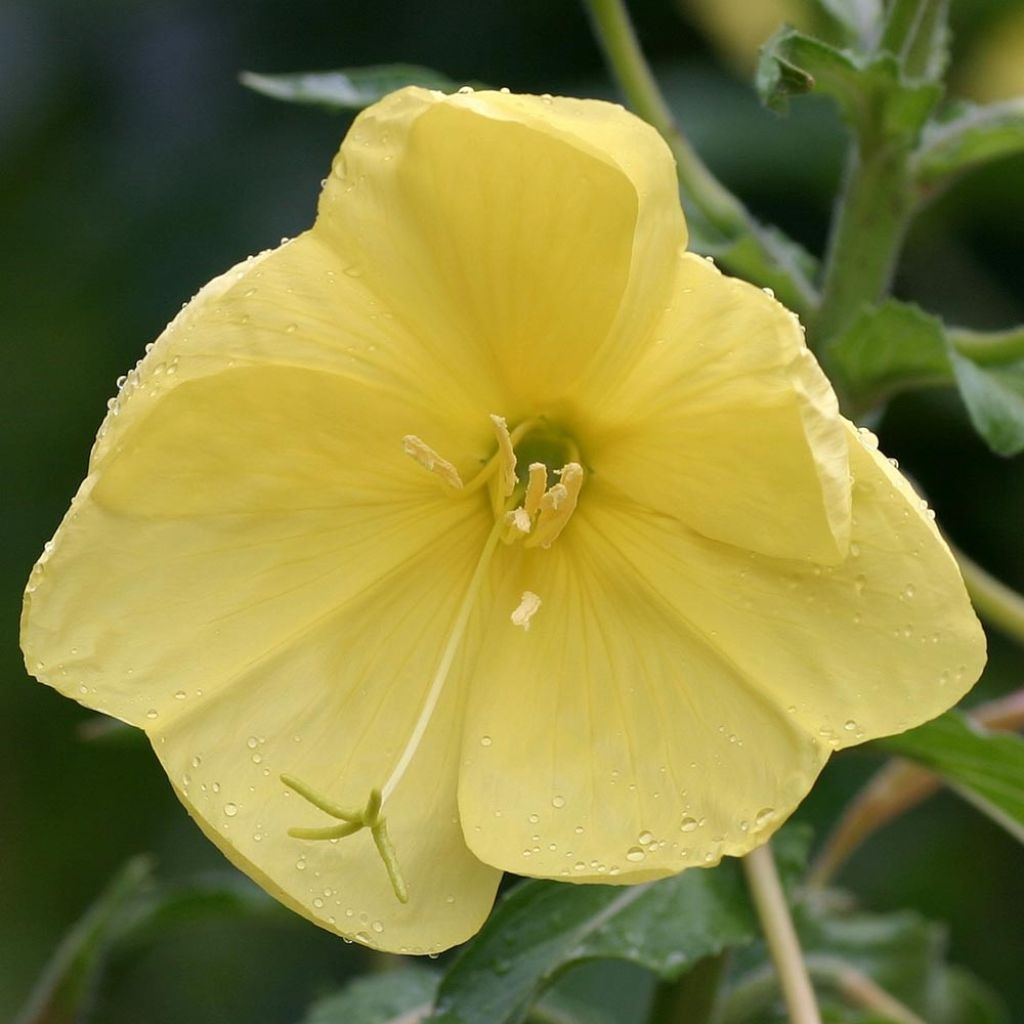

Oenothera glazioviana - Evening Primrose
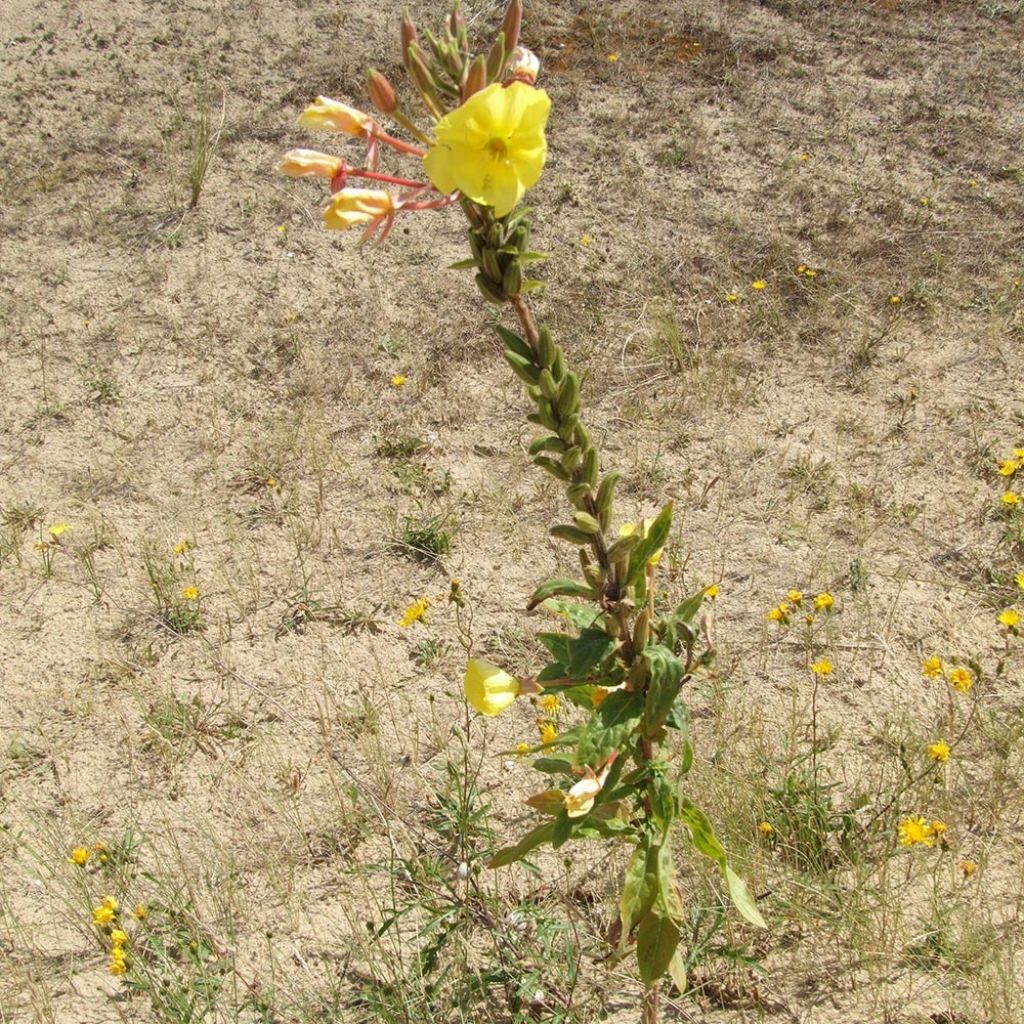

Oenothera glazioviana - Evening Primrose
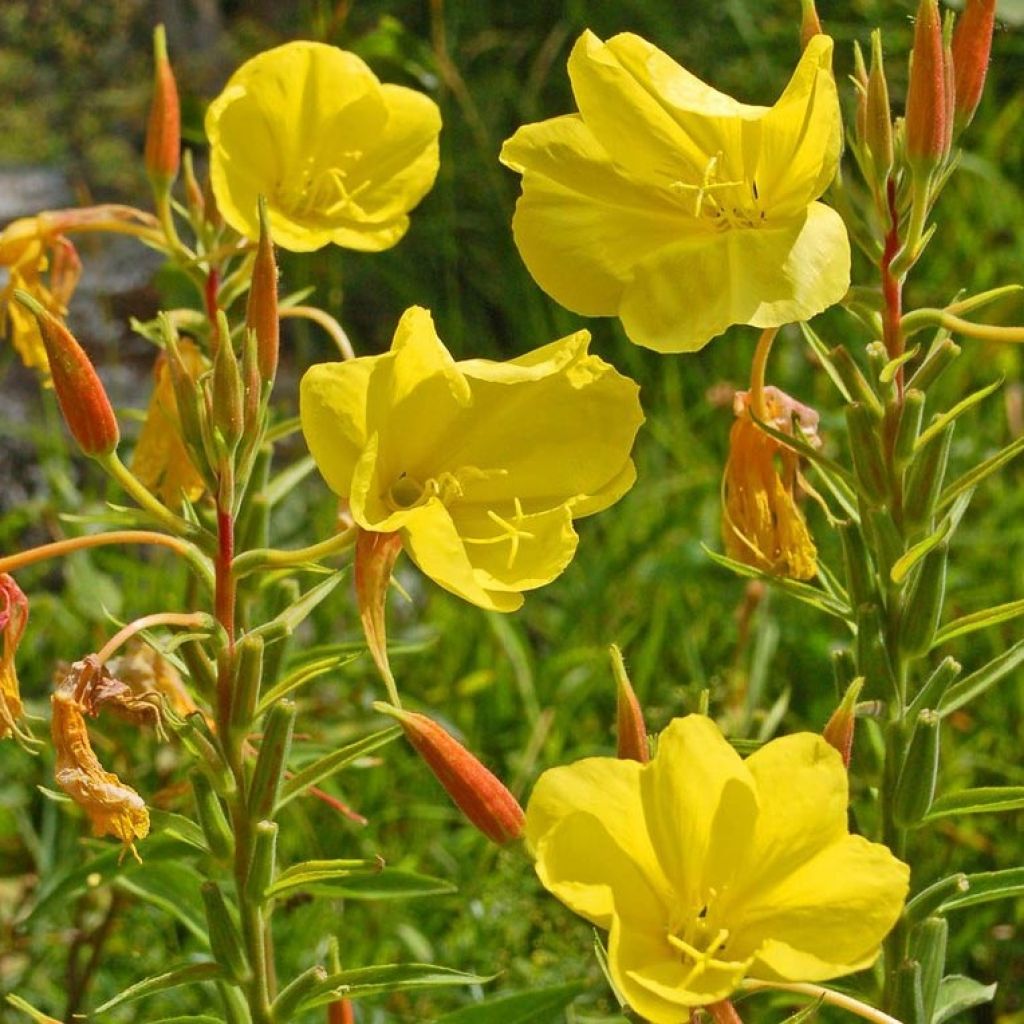

Oenothera glazioviana - Evening Primrose
Oenothera glazioviana - Evening Primrose
Oenothera glazioviana
Large-flowered Evening-Primrose, Redsepal Evening-Primrose, Tuberous Evening-Primrose
This item cannot be shipped to the selected country
Delivery charge from €5.90
More information
Schedule delivery date,
and select date in basket
This plant carries a 12 months recovery warranty
More information
We guarantee the quality of our plants for a full growing cycle, and will replace at our expense any plant that fails to recover under normal climatic and planting conditions.
From €5.90 for pickup delivery and €6.90 for home delivery
Express home delivery from €8.90.

Does this plant fit my garden?
Set up your Plantfit profile →
Description
Oenothera glazioviana is a deciduous biennial plant that thrives in full sun. It grows to a large size and its bright lemon yellow summer flowers turn red as they fade, emitting a powerful fragrance. The buds and sepals are also tinged with red. The roots, leaves, and seeds are edible. Perfect for wild and natural gardens as it can withstand both drought and cold!
Oenothera glazioviana, also known as Lamarck's Evening Primrose or Red Sepal Evening Primrose, is a species native to North America and belongs to the Onagraceae family. This vigorous species can form clumps measuring 1 to 1.20 metres (3 to 4 feet) in all directions, with large loosely arranged leaves and short petioles. The basal leaves are wide, lanceolate, and undulate along the edges, noticeably larger than the narrow leaves at the top of the clump. The deciduous light green foliage is borne on herbaceous stems covered with reddish hairs at their base. From July to August, clusters of flowers, more or less flattened, with four petals and a diameter of 8cm (3in), bloom in the sun. The flower buds are red, but once open, the flowers are a splendid bright lemon yellow and have the peculiarity of turning red during the afternoon fading. They only live for a few hours but renew themselves every day. This evening primrose is a nectar plant, attracting numerous pollinating insects. The entire plant is edible: the seeds are consumed like poppy seeds, and the slightly sweet roots can be eaten raw or cooked, as well as the leaves and flowers in salads or fritters.
This evening primrose is a biennial plant that thrives in full sun and moderately fertile, well-drained soil. It requires very little care and is very easy to grow, making it an ideal choice for wild and natural gardens. With its reddish flower buds and long flowering period of beautiful bright lemon yellow flowers, tinged with red in the afternoon, it will be perfect for brightening up the back of a border, conquering a dry and mediocre slope, or flowering a meadow to attract butterflies and other pollinators. Pairing this Evening Primrose, with its lemon yellow flowers tinged with red, with perennial plants that have orange summer flowers will create a stunning effect. It will be the perfect companion for Coreopsis, Tritomas, Achilleas, California Fuchsia, shrubby salvias, or shrubby Potentillas.
Report an error about the product description
Oenothera glazioviana - Evening Primrose in pictures
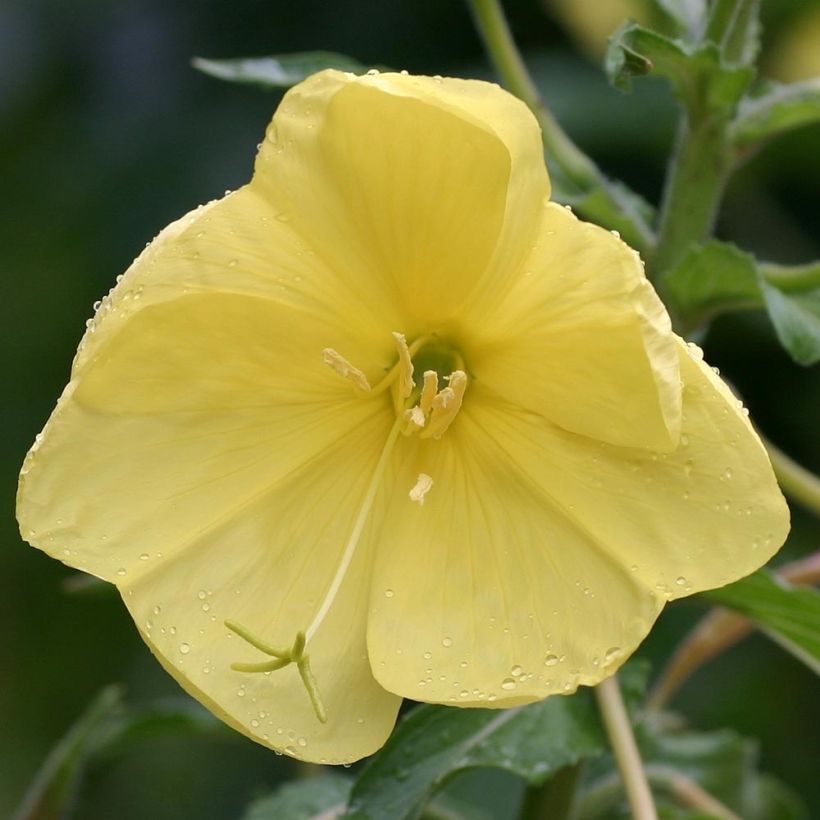

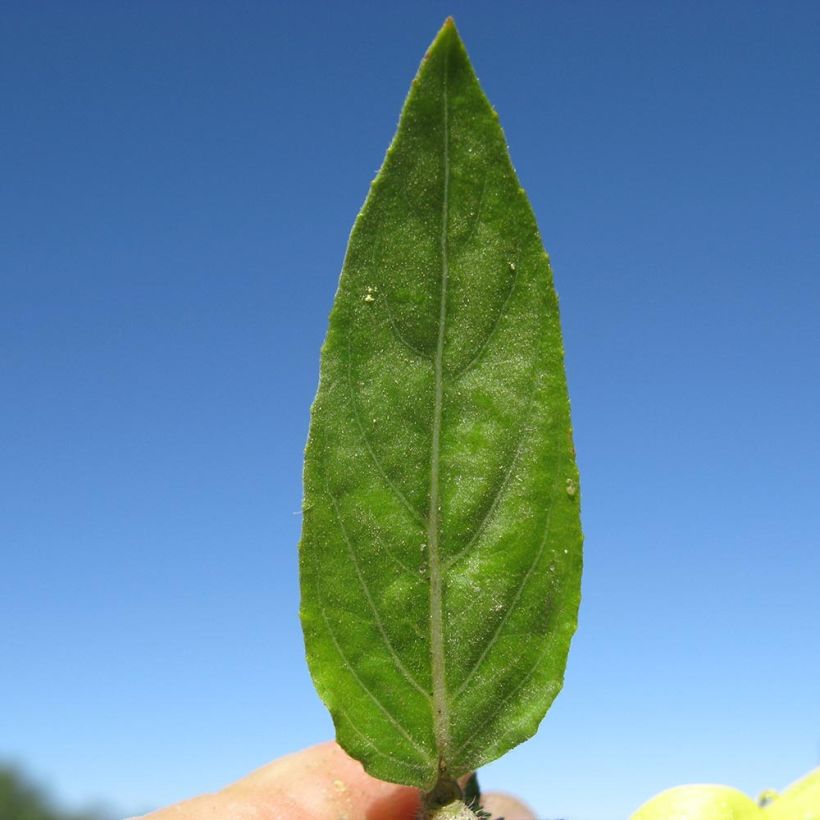

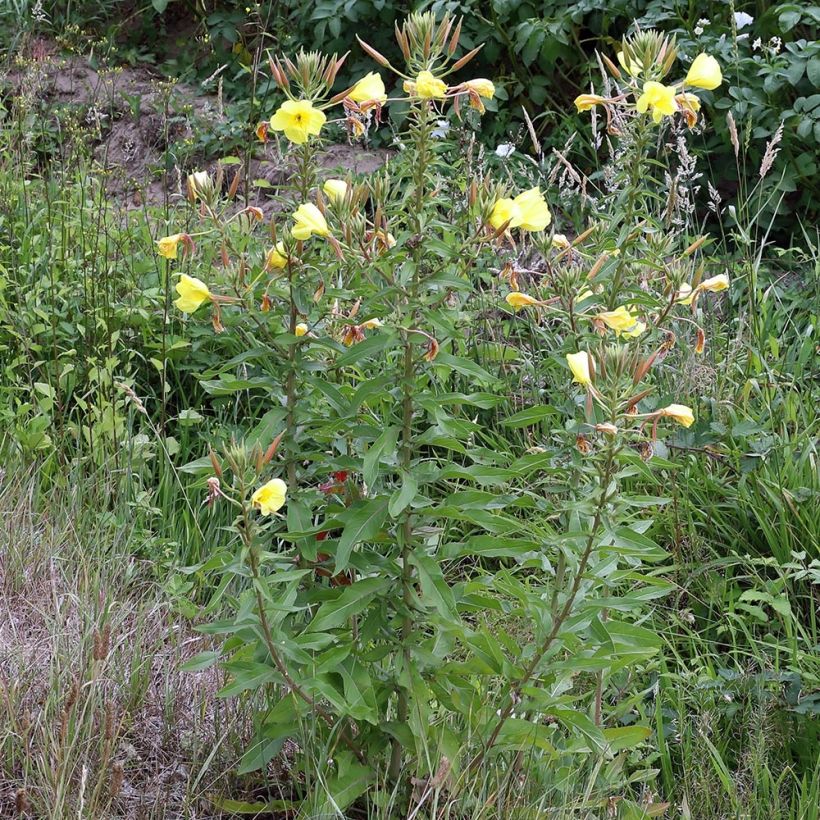

Flowering
Foliage
Plant habit
Botanical data
Oenothera
glazioviana
Onagraceae
Large-flowered Evening-Primrose, Redsepal Evening-Primrose, Tuberous Evening-Primrose
North America
Other Oenothera - Evening Primrose
Planting and care
Evening primrose is a very easy plant, not very demanding, and perfectly hardy. This Evening primrose appreciates sunny exposures and a moderately rich soil, not too dry but moist and well-drained. Once well established, it will tolerate drought quite well. Planting can preferably be done in spring, once spring frost is no longer a concern. It is advisable to divide the clumps every three years to keep the plants always floriferous. With low maintenance, it will be sufficient to remove faded flowers as they appear to prolong flowering and cut back the clump to ground level in October or November. Very resistant to diseases, Evening primroses do not tolerate excessive humidity and show signs of root rot in heavy and wet soil. In the case of heavy and poorly drained soil, it will be necessary, during planting, to ensure improved drainage by lightening the substrate with the addition of coarse sand and compost.
Planting period
Intended location
Care
This item has not been reviewed yet - be the first to leave a review about it.
Summer flowering perennials
Haven't found what you were looking for?
Hardiness is the lowest winter temperature a plant can endure without suffering serious damage or even dying. However, hardiness is affected by location (a sheltered area, such as a patio), protection (winter cover) and soil type (hardiness is improved by well-drained soil).

Photo Sharing Terms & Conditions
In order to encourage gardeners to interact and share their experiences, Promesse de fleurs offers various media enabling content to be uploaded onto its Site - in particular via the ‘Photo sharing’ module.
The User agrees to refrain from:
- Posting any content that is illegal, prejudicial, insulting, racist, inciteful to hatred, revisionist, contrary to public decency, that infringes on privacy or on the privacy rights of third parties, in particular the publicity rights of persons and goods, intellectual property rights, or the right to privacy.
- Submitting content on behalf of a third party;
- Impersonate the identity of a third party and/or publish any personal information about a third party;
In general, the User undertakes to refrain from any unethical behaviour.
All Content (in particular text, comments, files, images, photos, videos, creative works, etc.), which may be subject to property or intellectual property rights, image or other private rights, shall remain the property of the User, subject to the limited rights granted by the terms of the licence granted by Promesse de fleurs as stated below. Users are at liberty to publish or not to publish such Content on the Site, notably via the ‘Photo Sharing’ facility, and accept that this Content shall be made public and freely accessible, notably on the Internet.
Users further acknowledge, undertake to have ,and guarantee that they hold all necessary rights and permissions to publish such material on the Site, in particular with regard to the legislation in force pertaining to any privacy, property, intellectual property, image, or contractual rights, or rights of any other nature. By publishing such Content on the Site, Users acknowledge accepting full liability as publishers of the Content within the meaning of the law, and grant Promesse de fleurs, free of charge, an inclusive, worldwide licence for the said Content for the entire duration of its publication, including all reproduction, representation, up/downloading, displaying, performing, transmission, and storage rights.
Users also grant permission for their name to be linked to the Content and accept that this link may not always be made available.
By engaging in posting material, Users consent to their Content becoming automatically accessible on the Internet, in particular on other sites and/or blogs and/or web pages of the Promesse de fleurs site, including in particular social pages and the Promesse de fleurs catalogue.
Users may secure the removal of entrusted content free of charge by issuing a simple request via our contact form.
The flowering period indicated on our website applies to countries and regions located in USDA zone 8 (France, the United Kingdom, Ireland, the Netherlands, etc.)
It will vary according to where you live:
- In zones 9 to 10 (Italy, Spain, Greece, etc.), flowering will occur about 2 to 4 weeks earlier.
- In zones 6 to 7 (Germany, Poland, Slovenia, and lower mountainous regions), flowering will be delayed by 2 to 3 weeks.
- In zone 5 (Central Europe, Scandinavia), blooming will be delayed by 3 to 5 weeks.
In temperate climates, pruning of spring-flowering shrubs (forsythia, spireas, etc.) should be done just after flowering.
Pruning of summer-flowering shrubs (Indian Lilac, Perovskia, etc.) can be done in winter or spring.
In cold regions as well as with frost-sensitive plants, avoid pruning too early when severe frosts may still occur.
The planting period indicated on our website applies to countries and regions located in USDA zone 8 (France, United Kingdom, Ireland, Netherlands).
It will vary according to where you live:
- In Mediterranean zones (Marseille, Madrid, Milan, etc.), autumn and winter are the best planting periods.
- In continental zones (Strasbourg, Munich, Vienna, etc.), delay planting by 2 to 3 weeks in spring and bring it forward by 2 to 4 weeks in autumn.
- In mountainous regions (the Alps, Pyrenees, Carpathians, etc.), it is best to plant in late spring (May-June) or late summer (August-September).
The harvesting period indicated on our website applies to countries and regions in USDA zone 8 (France, England, Ireland, the Netherlands).
In colder areas (Scandinavia, Poland, Austria...) fruit and vegetable harvests are likely to be delayed by 3-4 weeks.
In warmer areas (Italy, Spain, Greece, etc.), harvesting will probably take place earlier, depending on weather conditions.
The sowing periods indicated on our website apply to countries and regions within USDA Zone 8 (France, UK, Ireland, Netherlands).
In colder areas (Scandinavia, Poland, Austria...), delay any outdoor sowing by 3-4 weeks, or sow under glass.
In warmer climes (Italy, Spain, Greece, etc.), bring outdoor sowing forward by a few weeks.

































